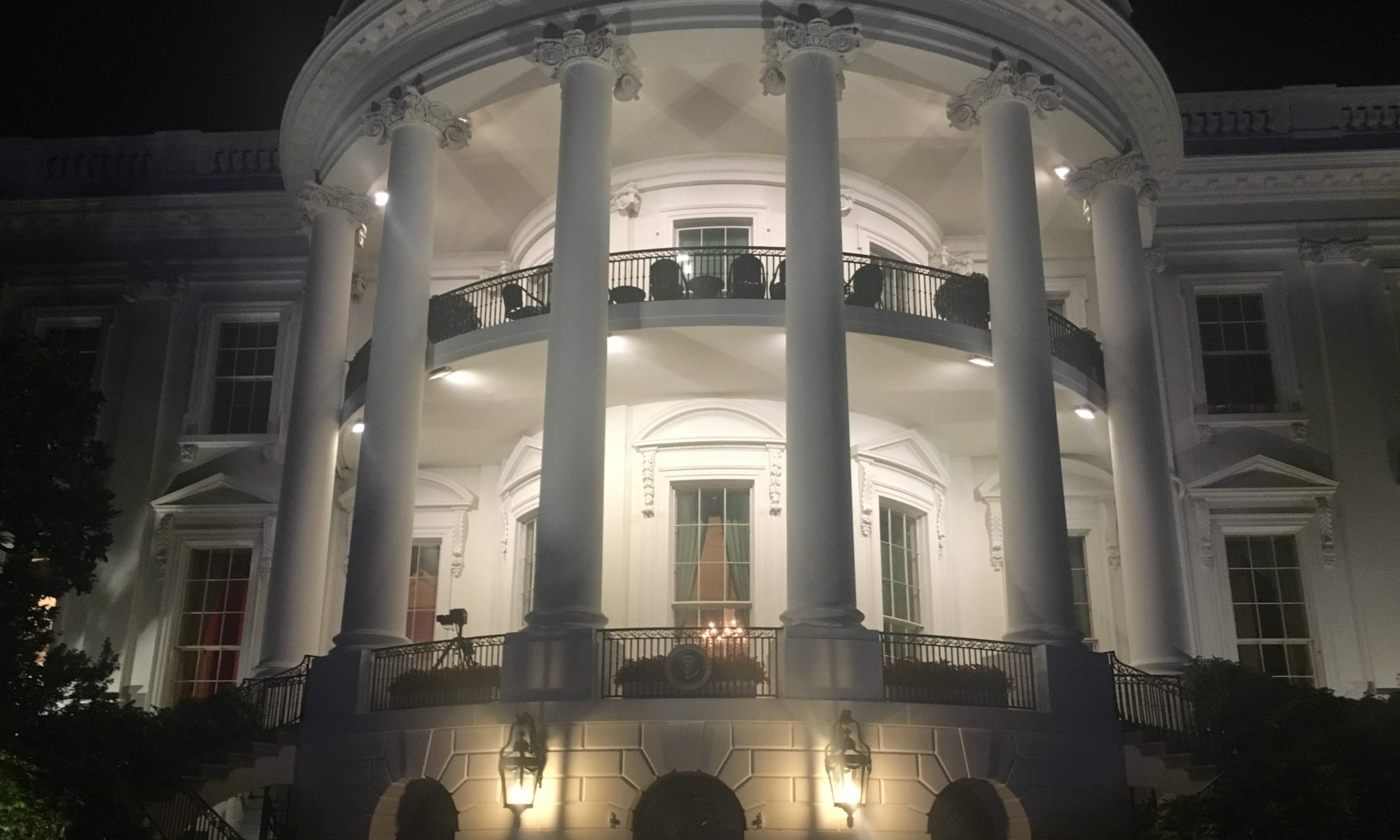August 18, 2017
Toppling statues is a necessary, yet woefully insufficient response to the horror in Charlottesville. It is certainly satisfying to see activists and elected officials decisively moving to rid the public landscape of these monuments to white supremacy. It is edifying for some of us to learn that these monuments were erected at the dawn of Jim Crow, or during the Civil Rights Movement, as visible markers of the resistance of many Americans to Black equality.
Yet, in many ways, taking these statues down is the easy part. That is why it is happening so quickly. People vainly hope that destroying the symbols will placate those of us looking for meaningful change. Unlike toppling the Berlin Wall, where the demolition of a physical barrier was accompanied by the dissolution of a political one, official decisions to take down statues of Robert E. Lee and Stonewall Jackson are unaccompanied by concomitant policy decisions to dismantle the institutional barriers to Black equality.
In the aftermath of Trump’s statements this week revealing that there is no limit to his willingness to pander to vile Nazis and Klansmen to cling to political power and relevance, the timidity of Republican elected officials is telling. Their tepid denunciations of white supremacy that are unwilling to call out the White Supremacist in Chief should get the golf claps that they deserve. Let’s not mistake basic human decency for moral courage. By their actions, Congressional Republicans have proven that they don’t really oppose white supremacy; they just want it to be quieter and more polite.
We need to recognize the continuum that runs from Confederate monuments and “Unite the Right” demonstrations to undemocratic voter suppression of Black and Latino voters and unaccountable police brutality against Black and Native American people. A century and a half after the passage of the 14th and 15th amendments and fifty years after the passage of the Voting Rights Act, a majority of Republican officials are determined to deprive people of color of their Constitutional right to vote. Since 2010, 20 states have enacted restrictive voter i.d. laws explicitly designed to make it harder for Black and Latino people to vote (Source: “New Voting Restrictions in America,” The Brennan Center, NYU School of Law).
We should recognize the continuum that runs from domestic terrorists murdering Black people and their white allies to police killing of unarmed Black people. It is easy to be outraged by the murder of Heather Heyer or of Reverend Clementa Pinckney and the Mother Emmanuel church members murdered by Dylan Roof. Yet challenging white supremacy means that Black people shouldn’t need to be sainted, perfect victims to have a right to live. Of the 487 Black people killed by the police since 2016, 2/3 of them were nonviolent/unarmed (Source: Mappingpoliceviolence.org). We need to demand as much accountability for these killings as for those in Charleston and Charlottesville.
In truth, the outcry over Confederate monuments is a distraction from the real, hard work of dismantling white supremacy. A statue can be toppled in day. Dismantling the system that gave birth to them will take a lot longer. The question is, “Are we up for the challenge?”
